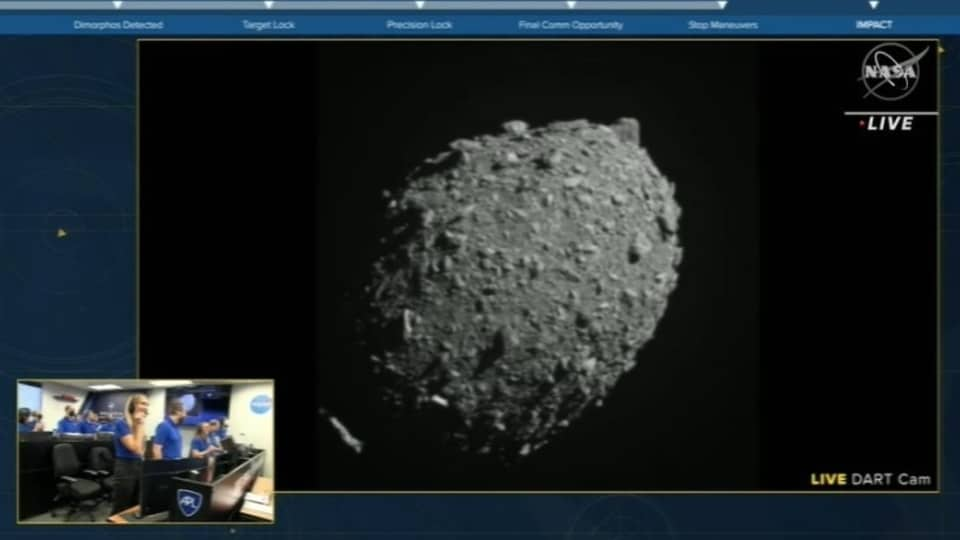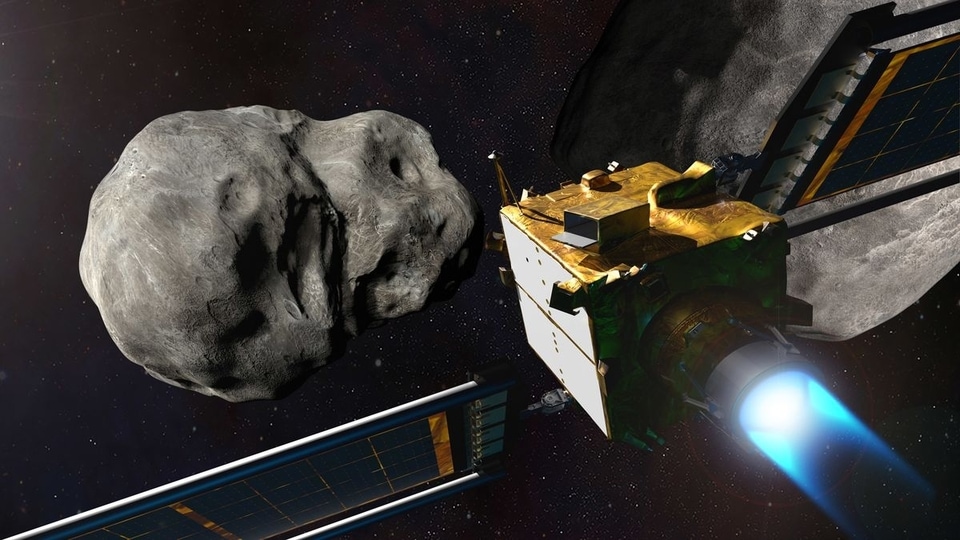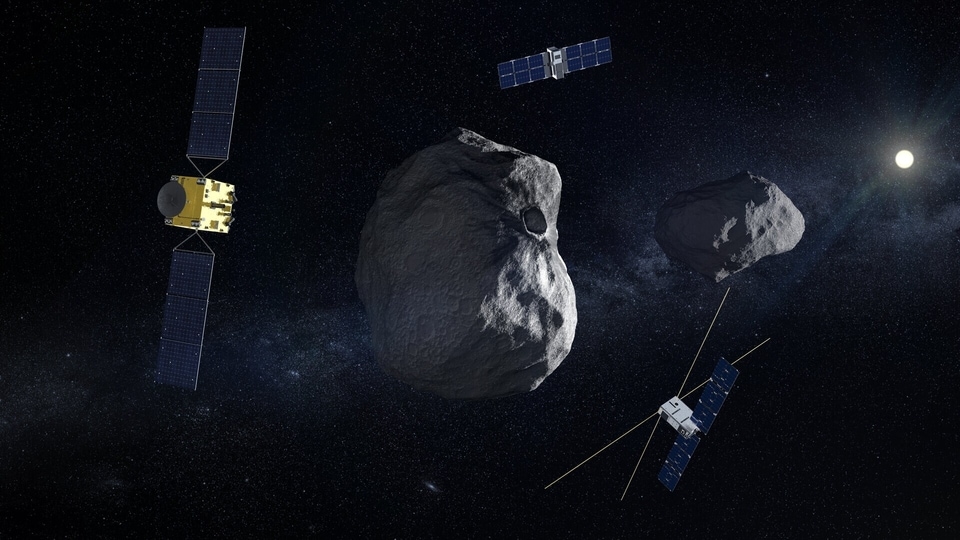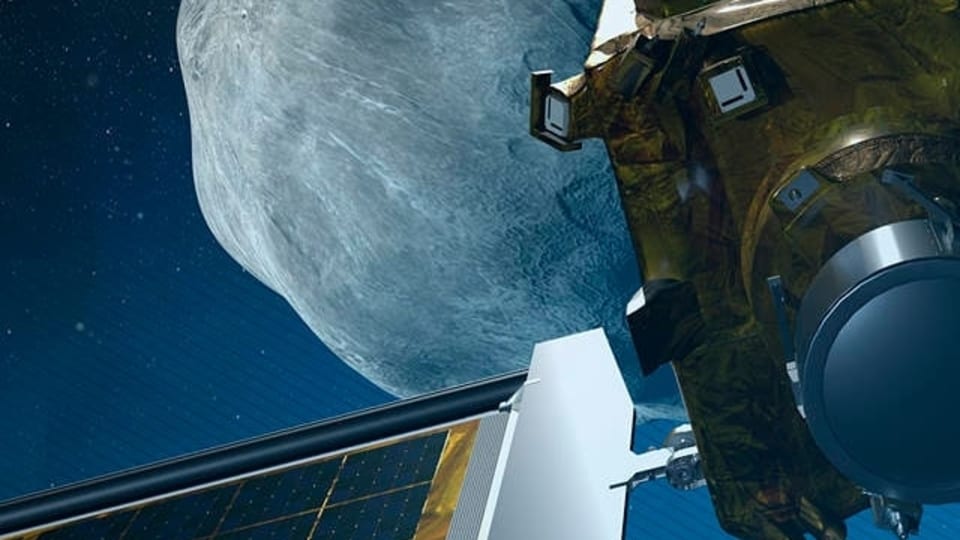NASA DART mission made Earth asteroid proof? History made, but there is a catch; tech on it
NASA has successfully carried out an asteroid collision with its DART mission spacecraft. However, there is a catch.






 View all Images
View all ImagesNASA today recreated Armageddon, one of the great sci-fi movies of all-time, by trying to deflect an asteroid off its course with the help of its amazing technology in the form of its spacecraft. The Bruce Willis starrer had depicted what would happen if an asteroid threatens to impact Earth and how nukes were used. With the help of its DART mission, NASA successfully crashed its spacecraft into Asteroid Dimorphos to try and deflect it from its course. However, there is a catch. While the asteroid collision was successful, there is no clarity as yet whether the asteroid was actually deflected. For that, we will need to wait and check the data over the next few weeks. That jobs has been given to a number of other technologically empowered spacecraft that have been sent to the spot to track the asteroid, including by the European Space Agency.
NASA's Double Asteroid Detection Test or DART, is a $330 million mission to smash a spacecraft into an asteroid to deflect it off its course. The DART team had already sent the main spacecraft to space in November, 2021. It includes a satellite made by the Italian Space Agency. Another spacecraft is set to launch by 2026, to measure the impact.
The target
The DART spacecraft smashed into its target asteroid called Dimorphos during early hours of today, sacrificing itself for the good of humanity. While the asteroid posed no threat to Earth, this is the world's first test of the kinetic impact technique, using a spacecraft to deflect an asteroid for planetary defense. Dimorphos is part of a double-asteroid system which includes a larger asteroid Didymos which is 5 times the size of Dimorphos.
NASA DART test was captured by a small companion satellite which followed the DART spacecraft to the target asteroid Dimorphos. The spacecraft's camera is a cubeSAT called LICIACube (Light Italian CubeSat for Imaging Asteroids). The cubeSAT is made up of two key components, LUKE (LICIACube Unit Key Explorer) and LEIA (LICIACube Explorer Imaging for Asteroid), both of which capture key data from the collision.
Aftermath of the collision
European Space Agency's Hera spacecraft will observe the impact caused by the collision of DART spacecraft and Dimorphos asteroid. The space agency has already launched its Hera spacecraft which will travel to the same asteroid to observe the impact. According to ESA's blog, the Hera spacecraft will fly to the asteroid to survey the aftermath of impact and gather information such as the size of impact crater, the mass of the asteroid and its make-up and internal structure.
Catch all the Latest Tech News, Mobile News, Laptop News, Gaming news, Wearables News , How To News, also keep up with us on Whatsapp channel,Twitter, Facebook, Google News, and Instagram. For our latest videos, subscribe to our YouTube channel.





























